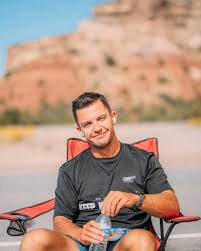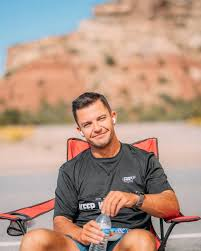Fall is a busy time of year at the wetlands of Central Kansas. Waves of birds migrate through the area, being pushed in by each weather front that comes through. Regular users of Cheyenne Bottoms wait in anticipation of each new wave of birds coming to the area. In particular, hunters are eager to see large flocks of ducks and geese careening through the wetlands as temperatures begin to drop.
Waterfowl season is an important time for a select constituent of the wetlands. While not everyone agrees with hunting, all users of the wetlands should be aware of the values and opportunities it provides to the conservation of the wetlands.
Money talks. Due to declines in several game species in the early 1900’s by habitat loss and overhunting, a bill was introduced and passed by the U.S. Congress that would become known as the Federal Aid in Wildlife Restoration act of 1937 and later known as the Pittman Robertson Act. This legislation established an 11% excise tax on firearms and ammunition. Instead of going to the U.S. Treasury like other taxes, the law appropriates these funds annually to the Department of the Interior-USFWS Federal Aide Office. Using a formula, the Secretary of the Interior determines how much of these funds each state’s natural resource department will receive based on land area and licensed hunter numbers.
States receiving these funds submit plans for how the funds will be used. Acceptable projects include research, wildlife/habitat management, and acquisition of land. States natural resource departments must pay for the projects up front, but then receive a 75% reimbursement of the funds for these projects from the federal program. Kansas, and most other states, use license sales and other fees to pay for the projects and for the 25% match. Ultimately, most wildlife management projects in Kansas are 100% funded by hunter-generated dollars.
For the 2015 fiscal year, the Pittman Robertson Act apportioned more than $800 million dollars to state wildlife agencies across the U.S. Kansas received approximately $15 million in Pittman Robertson funds. These funds are the basis for most wildlife projects in the state.
Many Kansans do not realize that Kansas Department of Wildlife Parks & Tourism receives very little state funding. Only about seven percent of the department’s budget is from state general funds, and this portion funds goes toward state parks and administration. The department relies almost solely on license sales, other fees, and the federal Pittman Robertson funds to fund operations and salaries of almost all wildlife and fisheries programs in Kansas. Many popular programs and properties, such as the Walk-In Hunting Access and Cheyenne Bottoms Wildlife Area would not be possible without these funds.
Does KDWPT favor hunting over other recreational uses at properties such as Cheyenne Bottoms Wildlife Area? The answer is yes, due to the incredible investment hunters have, and continue to, contribute to the management of the area. However, wildlife management for game species is not as specific as most would think. Managing for game species provides great overlap with managing many non-game species. In the end, non-game species and non-consumptive users of the resource can ultimately benefit as well, and they have the hunting community to thank.
Wetland Explorer
Hunting Values







